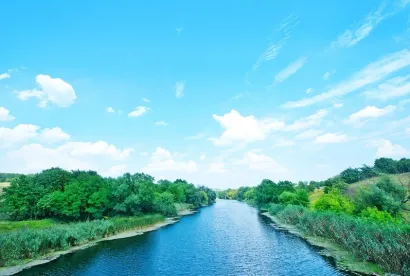On December 11, 2018, the U.S. Environmental Protection Agency’s (EPA) Acting Administrator Andrew Wheeler announced EPA’s and the U.S. Army Corps of Engineers’ (Corps) release of their highly anticipated proposed replacement definition of “Waters of the U.S.” (WOTUS) that defines the scope of waters and wetlands that fall under federal Clean Water Act (CWA) jurisdiction. The 2018 WOTUS rule proposal is currently available in pre-publication format on EPA’s website here along with several fact sheets and other supporting materials. At this time, it is unclear as to what date EPA and the Corps will publish the proposal in the Federal Register and officially begin to accept public comment.
The WOTUS definition has a several decade history of confounding both the regulated community and regulators tasked with implementing the rule nationwide. Over the years, a series of U.S. Supreme Court decisions and agency guidance interpreting those decisions have fallen short of providing clarity and regulatory certainty. The 2018 WOTUS rule proposal, if issued in final, would supplant the 2015 WOTUS rule promulgated by the Obama Administration. The 2015 WOTUS rule is currently mired in litigation, including three active challenges pending before U.S. federal district courts in North Dakota, Georgia, and Texas. Critics of the 2015 WOTUS rule assert that it extends federal jurisdiction well beyond Congress’ intent in enacting the CWA over forty years ago. In 2017, EPA and the Corps issued a proposed rescission of the 2015 rule, which has not been issued in final and is expected to be met with legal challenges.
With the 2018 WOTUS rule proposal, EPA and the Corps are aiming to correct purported legal deficiencies and ambiguities with the 2015 WOTUS definition and its predecessors. Key elements of the 2018 WOTUS proposal are:
-
Inclusion of perennial and intermittent tributaries to traditional navigable waters;
-
Retention of prior exclusions for groundwater, prior converted cropland, stormwater control systems, groundwater recharge basins, waste treatment systems, and some wastewater recycling systems;
-
Exclusion of ephemeral streams (i.e., where water is present in response to precipitation or snow melt) and related features, and most ditches;
-
Requires “adjacent wetlands” to be physically and meaningfully connected to other jurisdictional waters to fall within the scope of WOTUS; and
-
Eliminates subjective, multi-factor analyses of individual waters for jurisdictional determinations.


 />i
/>i

